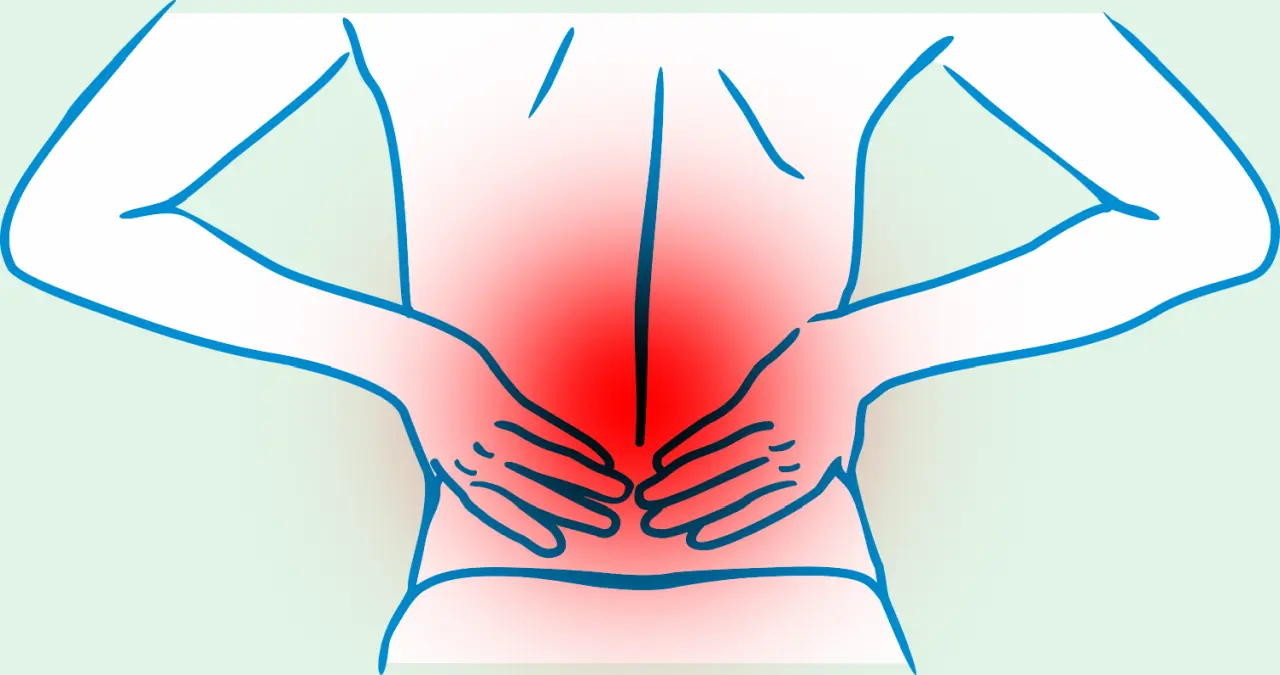To provide services at the highest level, we use cookies. Using the website requires you to choose settings related to their storage on your device. If you want to know what each type of cookie is used for, click the Details button below.
What are the most common causes of spine pain and how to protect it? 5 lipca 2023 |

Back pain can be caused by various factors. The most common causes of pain are muscle strain and tension, herniated discs, spinal joint degeneration, spinal curvature, and inflammatory joint diseases. It can be associated with scoliosis, discopathy, or flattened or increased lordosis. However, other factors such as injuries, infections, osteoporosis, or inflammatory conditions can also cause back pain.
Getting rid of back pain quickly can be challenging because effective treatment requires identifying the cause of the pain. In the case of sudden back pain, it is important to rest, avoid activities that worsen the pain, and apply ice or heat to the affected area. If the pain persists or worsens, it is recommended to consult a doctor who can order appropriate tests and recommend suitable treatment methods such as physiotherapy, medication, or manual therapy. It is also important to maintain good ergonomics throughout the day and ensure proper sleep hygiene on a functional mattress and orthopedic pillow.
Back pain can be dangerous if it is accompanied by certain alarm symptoms such as sudden weakness in the limbs, loss of bladder or bowel control, unexplained weight loss, or fever. These symptoms may indicate serious health problems such as spinal nerve damage, spinal infection, or cancer. If such symptoms occur, it is important to seek immediate medical attention.
The best mattress for back pain is a high-quality foam mattress with a layered construction, where each layer has a specific functionality. It should be a medium-firm mattress that adequately supports the spine, provided that its dynamics allow for it. It is generally accepted that the best mattress for the spine has a firmness level of 6,5.
Whether back pain can indicate cancer depends on the individual situation. In most cases, back pain is caused by other factors such as muscle strain, disc damage, or joint problems. However, in rare cases, back pain can be a symptom of cancer, especially when additional alarm symptoms are present, such as unexplained weight loss, night sweats, neurological changes, or abnormal laboratory test results. If you have concerning back pain or other unpleasant symptoms that persist, it is recommended to consult a doctor. The doctor will be able to perform appropriate tests and assess whether the back pain may be related to cancer or another serious condition. Remember that early detection of cancer increases the chances of successful treatment, so it is important to consult a doctor as soon as possible.